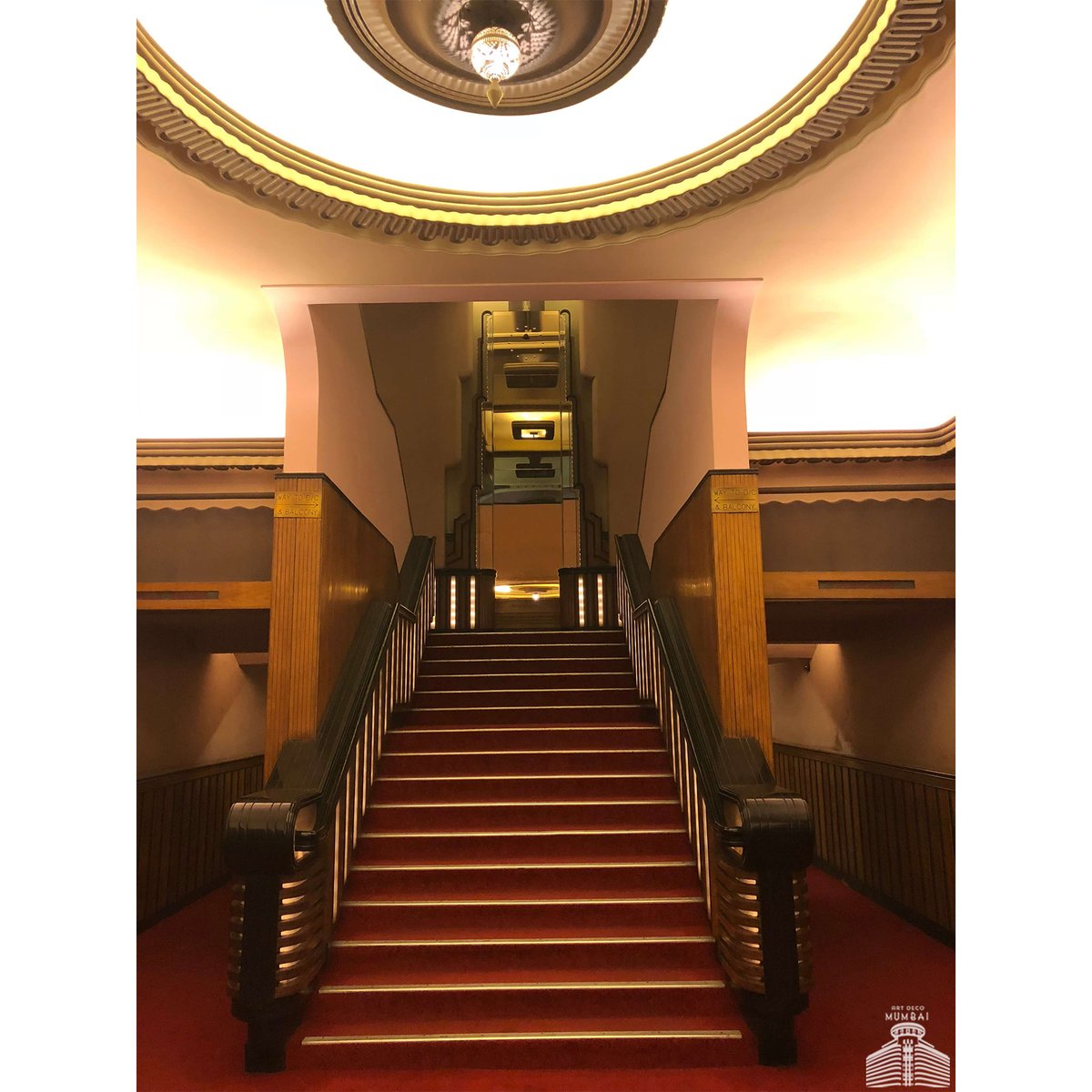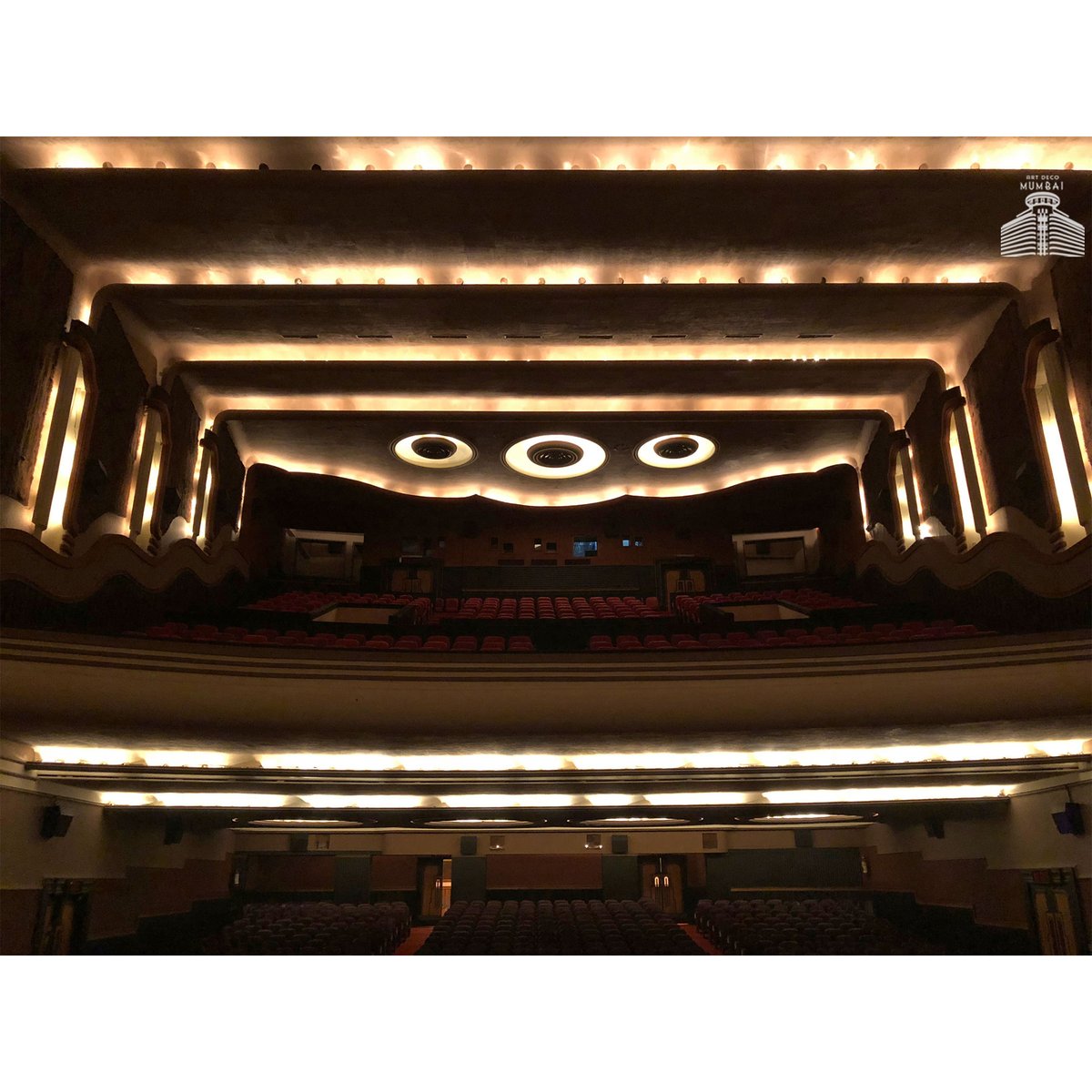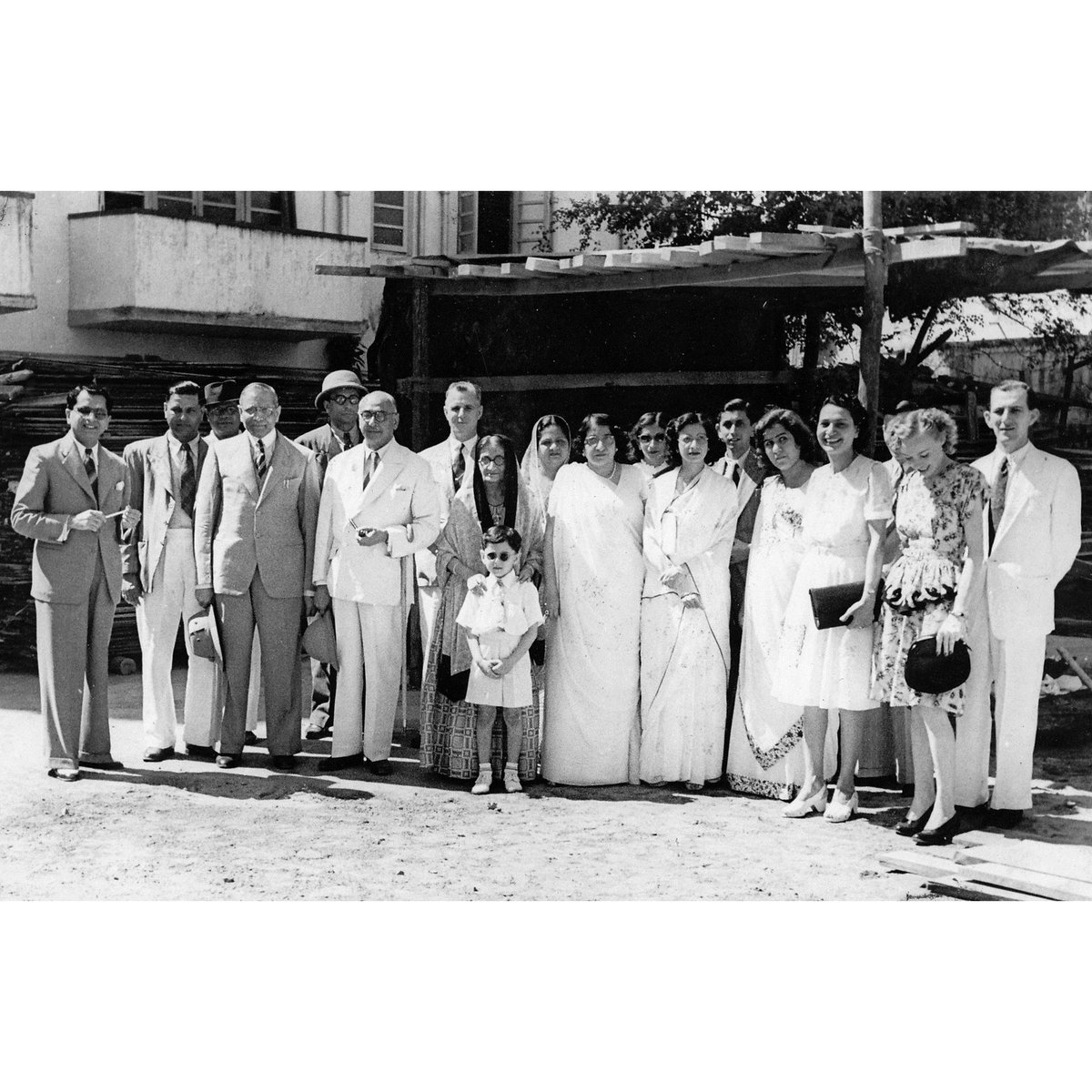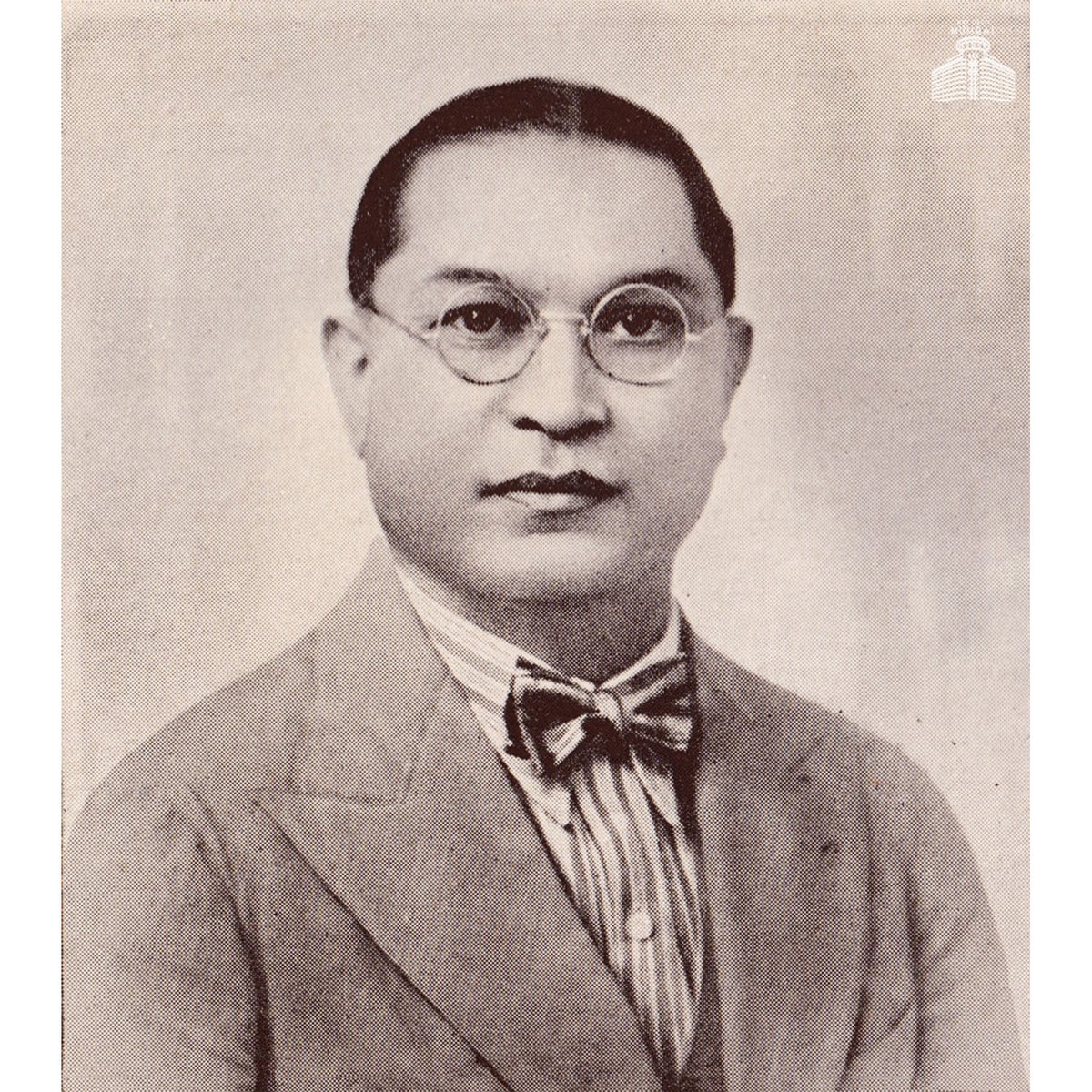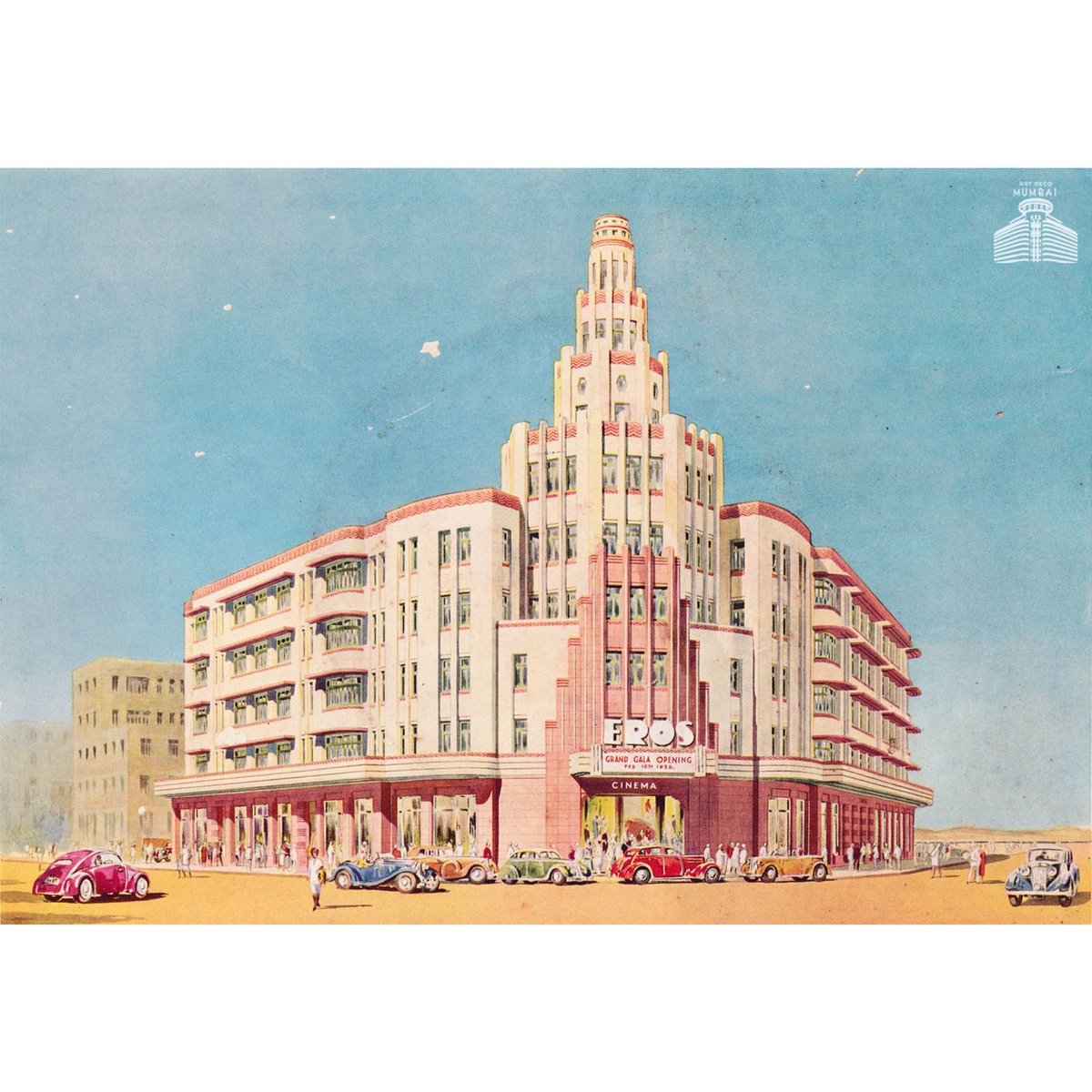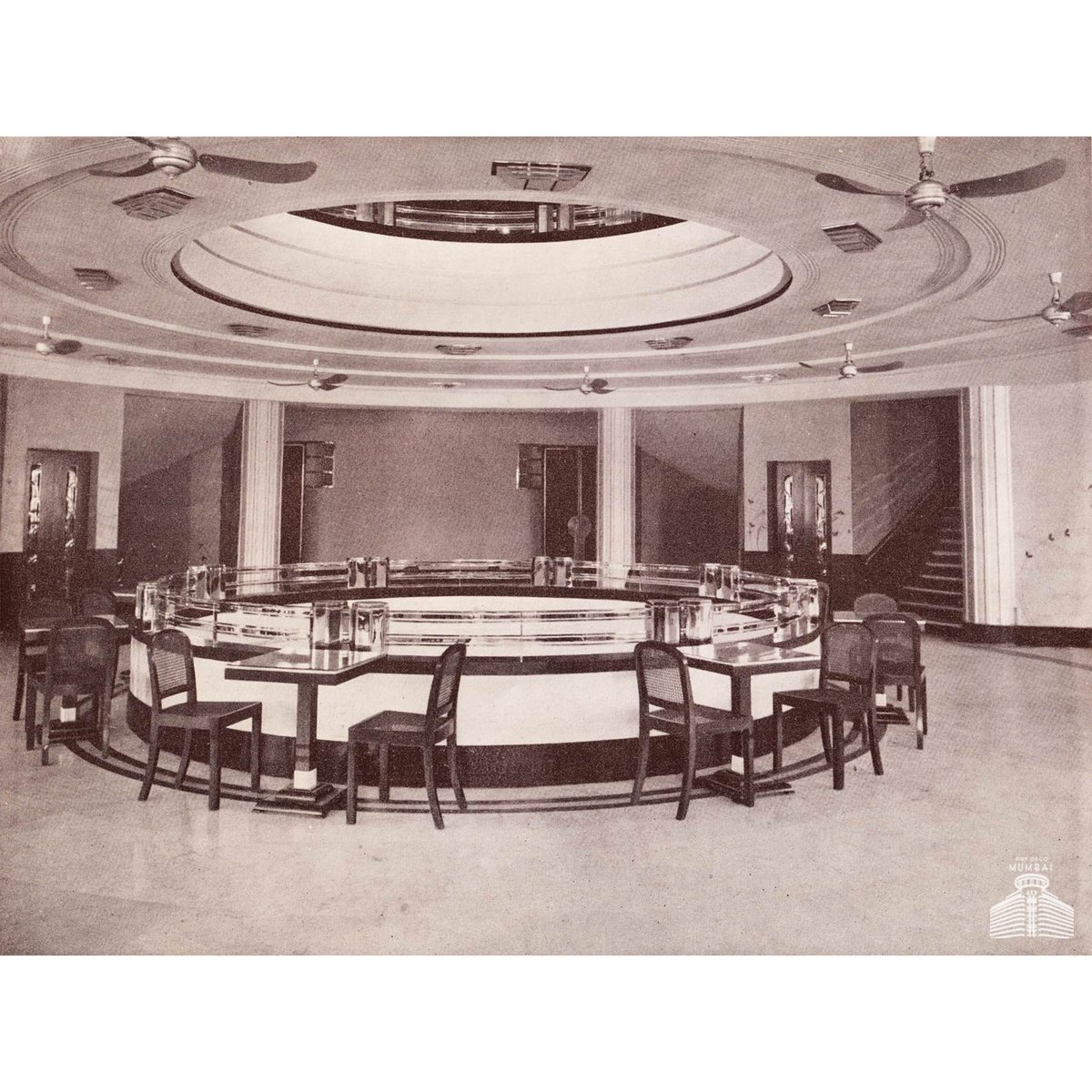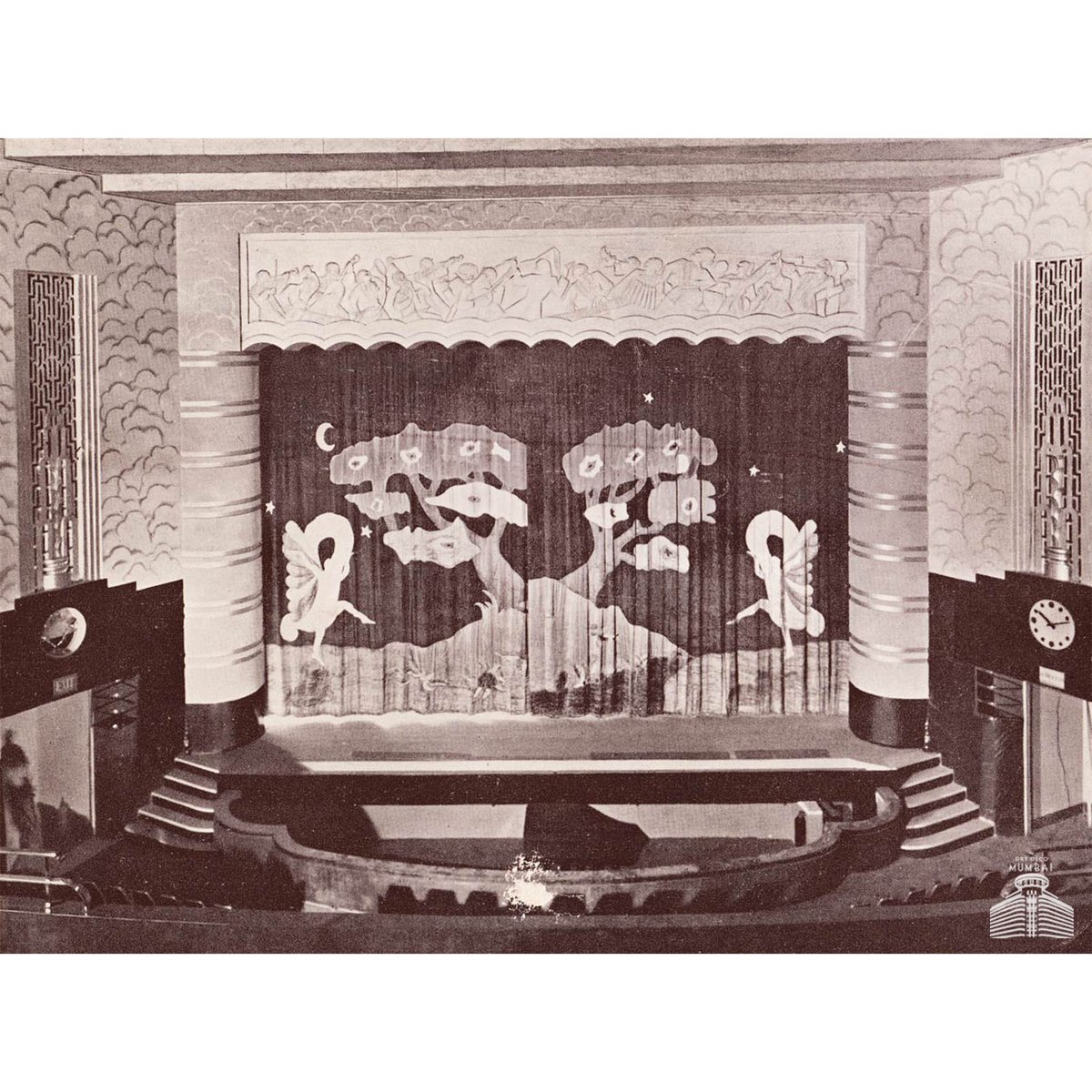The Petrol Filling Station at Worli. “Petrol filling stations are to be found all over the city of Bombay, but few there are in which aesthetics and refined publicity go hand-in-hand with utility. This one, situated at the junction of 80' and 100' roads at Worli Estate, Scheme No 







52, and planned in conjunction with a large block of flats to be built later, is an example of co-operation between client, tenant and architect.” Built at a cost of Rs 1.25 lakh.
Owner of Rustom Court - R. K. Irani, Esq.
Architects - Messrs. Patki, Jadhav & Dadarkar
Owner of Rustom Court - R. K. Irani, Esq.
Architects - Messrs. Patki, Jadhav & Dadarkar
Journal of IIA, July 1941. To ensure access many petrol pumps are strategically located at street corners. These prime locations are lucrative and commercial development looms constantly. #thenandnow
#vanishingpumps #rentcontrol #petrolpump #fuel #cars #artdeco #mumbai
#vanishingpumps #rentcontrol #petrolpump #fuel #cars #artdeco #mumbai
• • •
Missing some Tweet in this thread? You can try to
force a refresh



